Driving in the mud is a challenge for many people. However, there are some ways you can do to keep yourself and your car safe. Is your car stuck in mud? Let's see how to get car out of mud with a step-by-step guide.
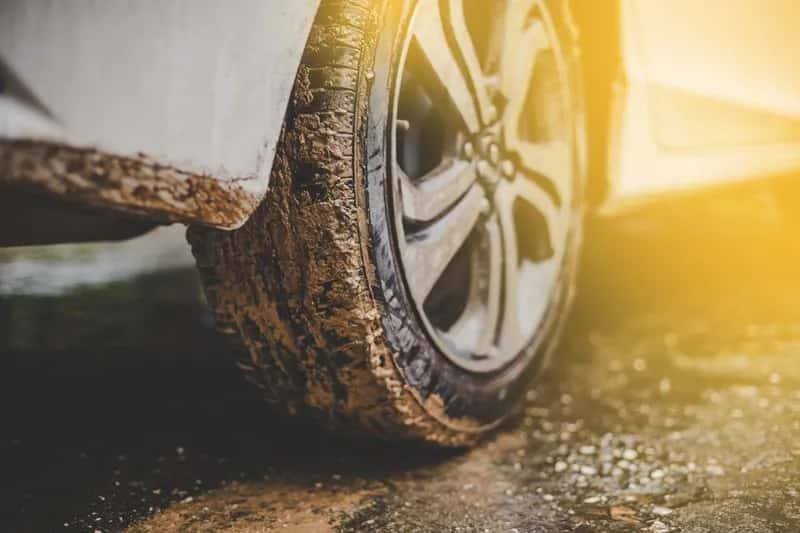
Car Stuck in Mud? How to Get Car Out of Mud
Contents
Step 1: Safe driving choices
1. Check the depth of the mud
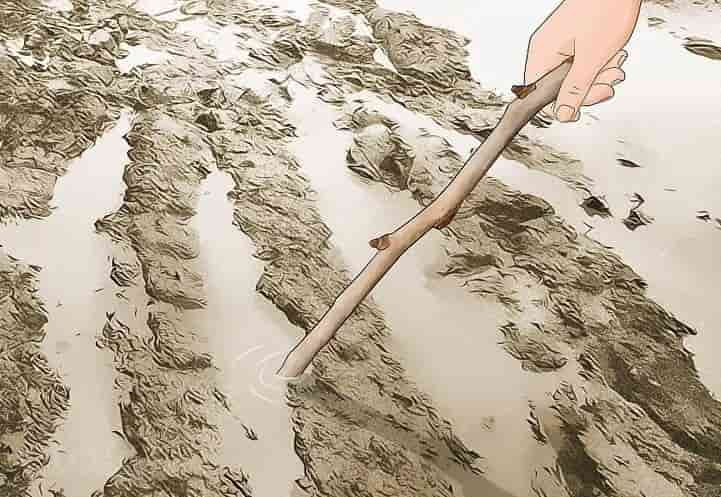
Before crossing muddy terrain, get out of the car and inspect. Then, grab a stick and check the depth of the mud by pressing the stick down. You can try to find objects covered by mud, such as large rocks as they can cause damage to the vehicle.
Although getting out of the car to check the terrain will get you dirty, this move will save you a lot of time and effort in the long run. Make sure it is safe to get out of your vehicle by checking for traffic and hazards in your surroundings.
2. Set traction control mode
Many alternative models come with traction control as standard. We can activate this feature automatically when you are driving in severe conditions. Otherwise, activate it by pressing the button. This button is in the table panel. You can check your vehicle's owner's manual for more details.
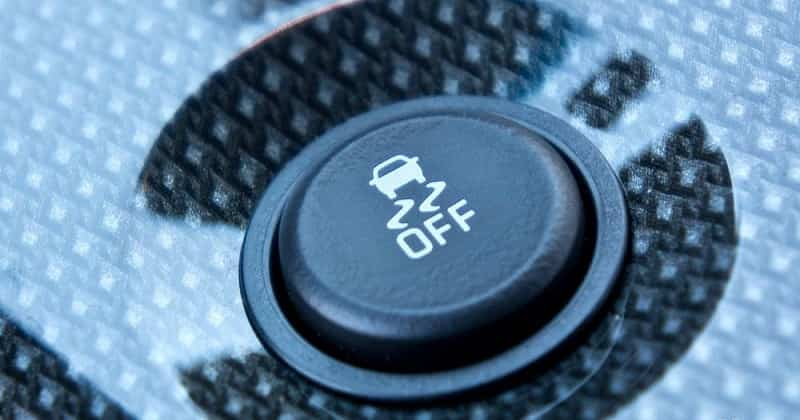
However, the traction control can make it difficult for the vehicle to get out of the mud in case of being stuck. Disable this feature and only turn it back on when the vehicle is ready to move.
3. Switch to part-time four-wheel drive
Look at the lever or the button on the table board. You will see an array of labels, including 2H. When you need more traction, switch this lever or button to 4H or 4L. Selecting 4H will help activate all four wheels of the vehicle.
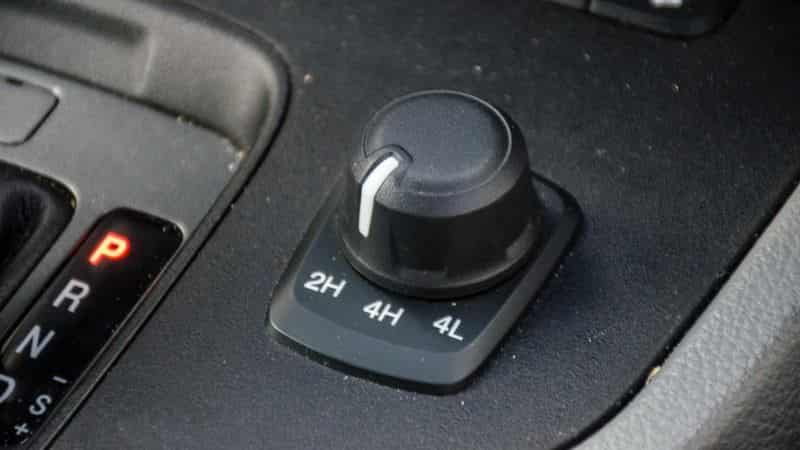
However, if the road condition is terrible, then choose 4L. This mode will help the tires move slower but have a better grip. Note that all models with full-time four-wheel drive will not have the 2H because four tires are in use.
Some part-time four-wheel-drive systems can malfunction if left unused for long periods. Use this system every two months if the road is only slightly wet.
4. Go to a lower number
If you are driving with all-wheel drive, downshift to second or third gear. Depending on the vehicle's design, this operation usually requires you to push the lever to 2 or 3 positions. It will help you maintain a steady speed on muddy roads, difficult to navigate. Shift to a higher gear when you are out on a flatter road to reduce stress on the engine and wheels.
5. Apply gentle pressure on the accelerator and brake
Try to go as far as possible at a moderate speed. If you need to press the accelerator, do it slowly to avoid spinning the wheels. Also, be careful because if you press the brake too hard, the car may skid. Avoid sudden speed changes and give the wheels time to acclimate to the terrain and ensure a good grip.
6. Avoid deep grooves
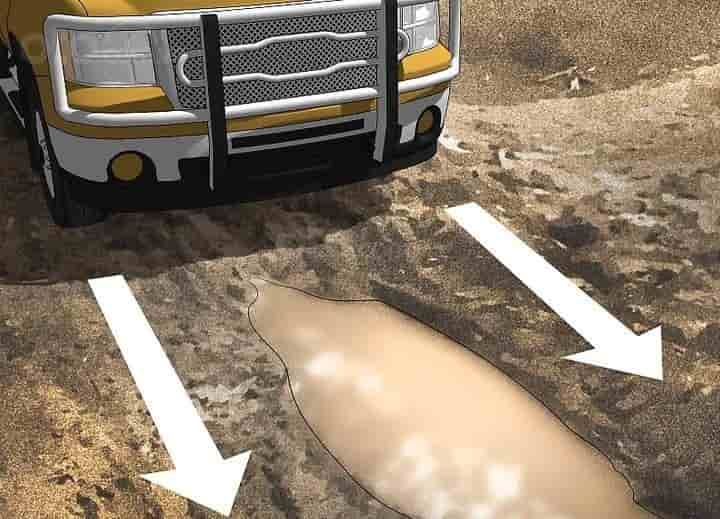
The target needs to make is to move the tires to the areas of the road that have not been traversed or to the highest possible grooves. You can risk falling into a lower/deeper trench or even getting stuck between the grooves. It is a vital step to watch out for if you are driving on a road passed by large vehicles, such as pickup trucks.
It would be nice to know what your car's ground clearance is. This information will help you better know how to deal with trenches or deep muddy sections.
7. Fix front wheel slip
If your car continues to go straight or to the side no matter how much you turn the steering wheel, you are slipping. Release the accelerator and wait for the car to slow down. While the vehicle slows down, wait for the front wheels to regain control. Then, turn the steering wheel in the same direction as the front wheel. It will help you regain control over the vehicle.
Try not to step on the brake when you skid. It just makes you lose control faster. Ice and snow hidden in the mud can cause your skidding. It is why you need to do the above to regain control of snow and ice tracks.
8. Inspect the vehicle for damage
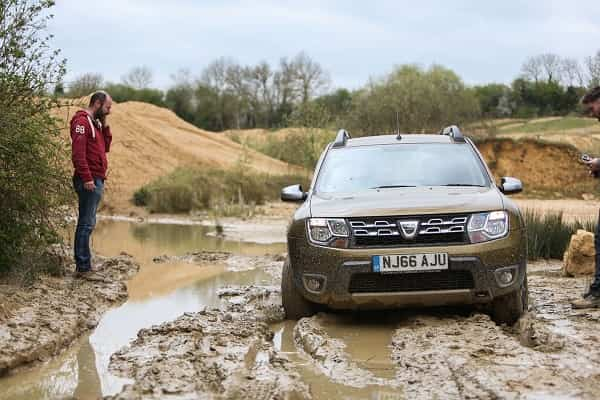
Once back on the dry road, pull over to a safe spot and get out of the car. Check the undercarriage to make sure the parts are not damaged. Take the time to clean the mud stains on the side mirrors and side windows. When coming out of the mud, drive slowly so that the mud patches can fall off the tires.
Step 2: Get the car out of the jam
1. Turn on the warning light
If your car is stuck in the mud, get the attention of other vehicles by flipping the switch to activate the warning lights. If you have flares or other flashing lights, activate, and place them outside the vehicle.
2. Watch for oncoming vehicles
Before getting out of the car, check the mirror to see if there are any approaching vehicles. Take it slow if you decide to ride out there so you don't get bogged down. If the situation is too dangerous, stay in the car and call emergency rescue.
3. Try to get the car out of the mud
Turn the steering wheel so the tires are facing straight ahead. Apply a small amount of pressure on the accelerator and shift gears between forward and reverse. Stop all operations if you see the tires rotate continuously. Turn the steering wheel to adjust the tire to the correct angle and try again.
With manual transmission vehicles, this operation is most effective when the highest gear is set. With an automatic transmission, choose the lowest gear possible.
4. Reduce tire pressure
If you get stuck in the mud, go to each tire and release some air by removing the valve. Wait until you hear some air coming out and check the pressure again. It will give you more surface grip. Be sure to refill the tires once they are back on the hard surface.
5. Use sand as a surface
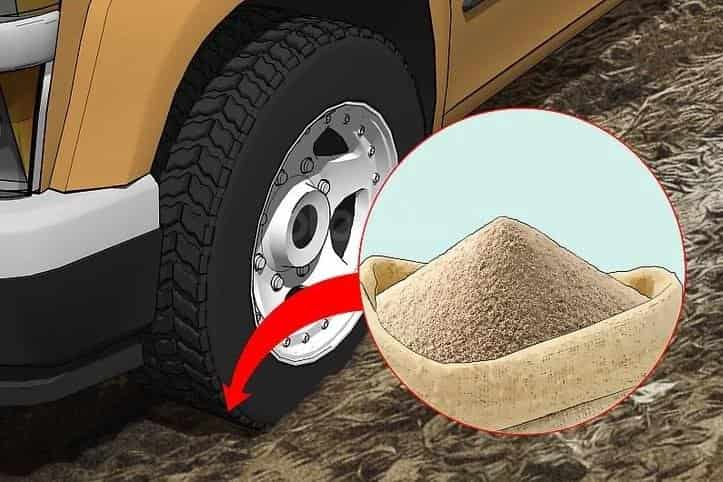
Before each mud season, keep a bag of sand in your car or a small box of cat litter. If you get stuck, spread sand around the tires to increase grip.
6. Put the mat under the tire
If your car is stuck in the mud, change to parking mode. Take the mat out of the car and place each mat under each tire. Let the mat make very little contact with the tire, with the rest facing forward. It will help the car has a hard surface to cling to. After the vehicle reaches the hard surface, return to retrieve the carpet.
Instead of carpet, you can also use two to four pieces of cardboard.
7. Digging with a shovel
Keep a folding shovel in the back of the car. When the car is stuck in the mud, use this shovel to dig around the tire. If you can remove enough surrounding wetness, the tires can stick better to dry surfaces.
Step 3: Predicting muddy conditions
1. Avoid potentially muddy areas
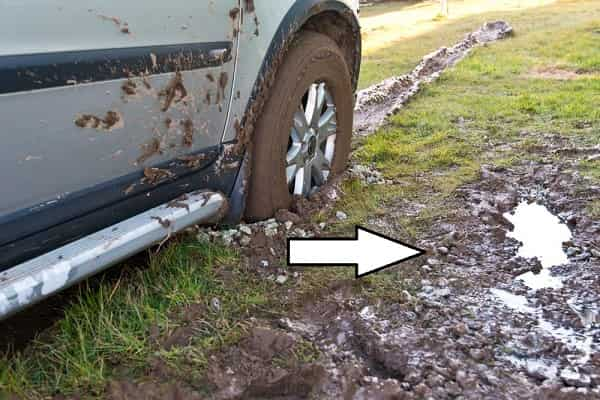
A road that often has problems with drainage can deteriorate quickly. Be careful in areas that have recently experienced heavy rain or snow. Before you drive, especially in unfamiliar locations, consult the weather information on your phone to see if rain or snow affects driving conditions.
2. Choose the right tire
If you know you will drive in poor conditions, switch from all-season tires, all-terrain tires to a snow tire or mud tire. Mud tires have deeper grooves, and a better grip can reduce the risk of getting bogged down. These tires will make more noise on the highway but are worth the tradeoff in the muddy season.
When shopping for mud tires, be sure to choose a tire that is effective on wet pavement. Because of the deep tread, some mud tires often lose grip on slippery surfaces.
3. Maintain proper tire pressure
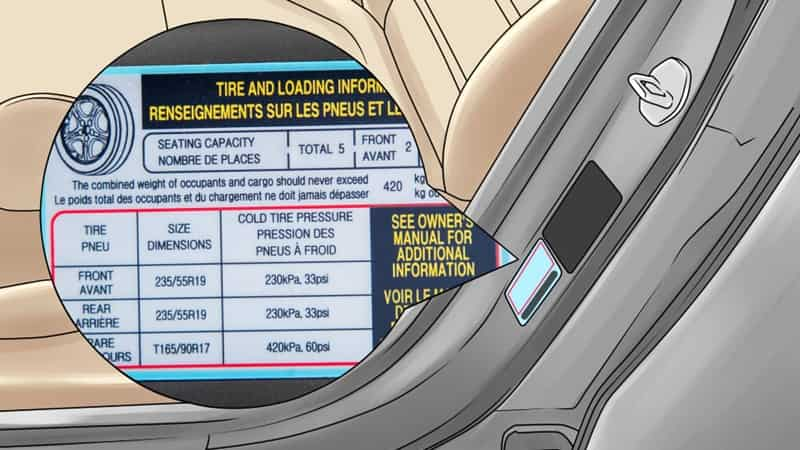
Please refer to the user manual or information on the driver's door panel about the correct tire pressure. Maintain the pressure at this level or just slightly lower to increase tire grip. It is ideal to check the tire pressure during the maintenance routine once a month.
4. Carry safety items
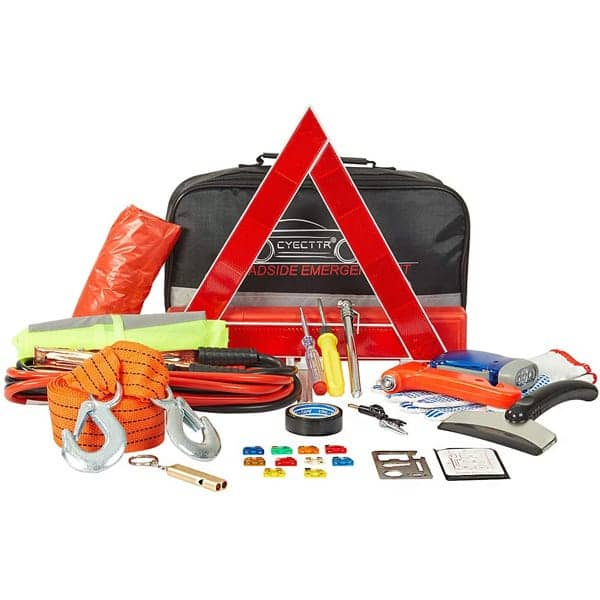
Before every rainy or muddy season, please check the vehicle's toolbox. Make sure you have flashlights, flares, and warm blankets. To manage in a muddy situation, you will also need a belt and a hand chain hoist. The hand chain hoist may be included in the tire change kit.
Conclusion
Besides the above ways, in case something bogs the car down, it becomes hopeless to save the car by itself. Car owners often accept waiting for the rescue team to come to rescue the car. However, with just two big wooden bars, your car can get out of the quagmire on its own.
Get two large wooden slats and make sure they are stiff enough to support the weight. Tie a wooden stick along the diameter of the rear wheel, and longer than the wheel. So that when moving, the wooden stick can sink deep into the mud. We will place the other bar right in front of the rear wheel.
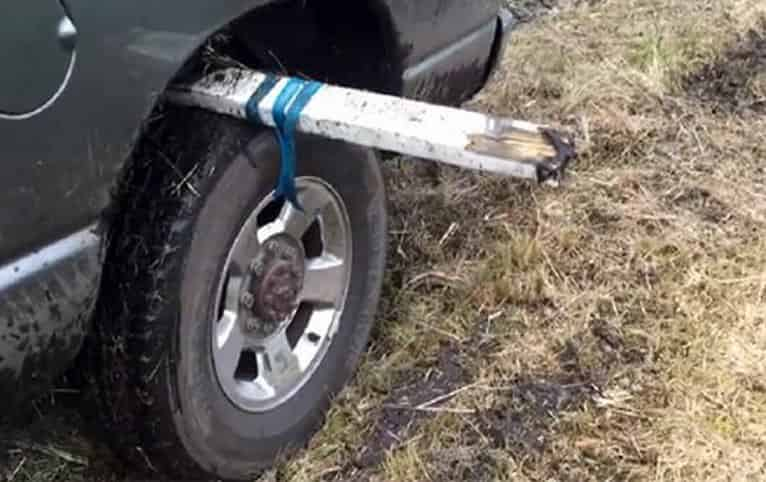
Start the car, press the accelerator and let the wooden bars do their job. The car moves forward, the wooden bar on the wheel plays the role of a lever and the other bar will be the fulcrum. If the mud puddle is large, keep moving the bottom wooden stick to the front of the rear wheel and press the accelerator, the operations will repeat. Do this until the car is out of the mud.
I’m Ivo Gievski, the content writer for Tireer. We built our website with over 15 years of experience and extensive research in the automotive and technology sectors. My dedication to delivering high-quality content is unwavering, and I strive to continuously hone my skills to stay ahead of industry trends and provide readers with informative, engaging, and valuable insights.
This is really an amazing information about how to get out the car from Mud. Many people face the same issue.
You made an interesting point when you mentioned that it is hopeless to save the car by itself if something is bogging it down when you are stuck in the mud. If your car ever gets stuck in the mud, I would think that contacting a towing company would be the best thing to do. A towing company should be able to pull your car out of the mud in a matter of minutes.